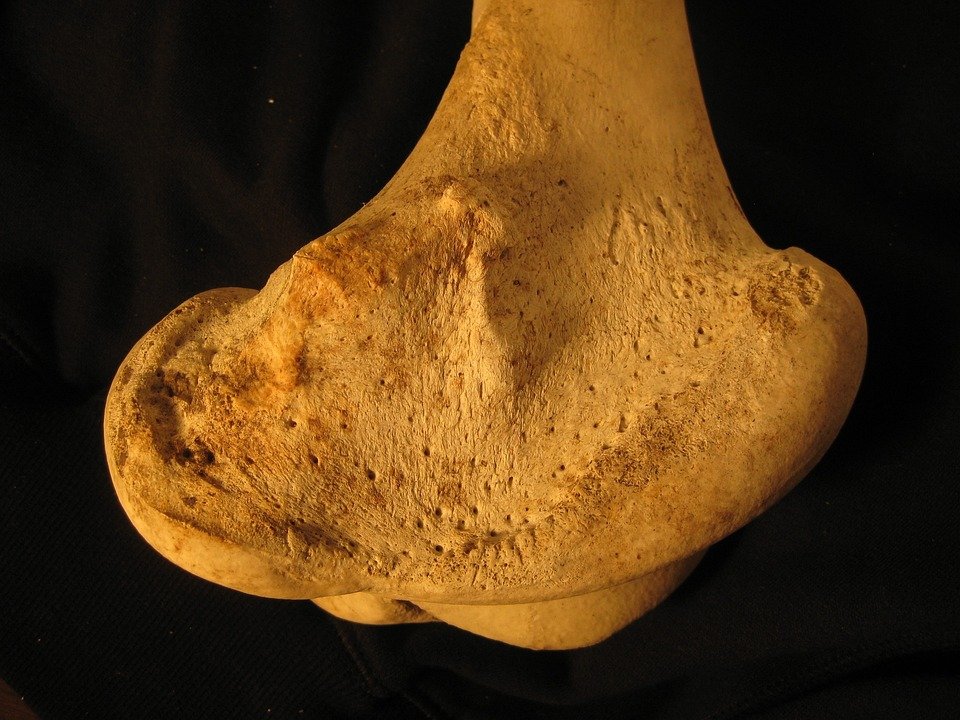 The human eye is a marvel of biological engineering, allowing us to perceive the world around us in vivid detail. However, like any complex system, it is vulnerable to a variety of disorders and diseases that can impair our vision and even lead to blindness. Regular eye exams are essential for maintaining optimal eye health, and one of the most important tools in the ophthalmologist’s arsenal is the ophthalmoscope.
The human eye is a marvel of biological engineering, allowing us to perceive the world around us in vivid detail. However, like any complex system, it is vulnerable to a variety of disorders and diseases that can impair our vision and even lead to blindness. Regular eye exams are essential for maintaining optimal eye health, and one of the most important tools in the ophthalmologist’s arsenal is the ophthalmoscope.The ophthalmoscope is a handheld device that allows eye care professionals to visualize the internal structures of the eye, including the retina, optic nerve, and blood vessels. By shining a bright light into the eye and using a magnifying lens to examine these structures, ophthalmologists can detect a wide range of eye conditions, from refractive errors like nearsightedness and farsightedness to more serious conditions like glaucoma, macular degeneration, and diabetic retinopathy.
One of the key benefits of the ophthalmoscope is its ability to detect eye diseases in their early stages, when they are most treatable. For example, the presence of tiny hemorrhages or exudates in the retina can be an early sign of diabetic retinopathy, a complication of diabetes that can lead to blindness if left untreated. By using an ophthalmoscope to closely examine the retina, ophthalmologists can identify these signs and recommend appropriate treatment to prevent further damage to the eye.
In addition to detecting eye diseases, the ophthalmoscope is also an essential tool for monitoring the progression of certain conditions over time. For example, patients with glaucoma, a condition that causes damage to the optic nerve and can result in vision loss, may undergo regular eye exams with an ophthalmoscope to track changes in their optic nerve and monitor the effectiveness of their treatment. By carefully monitoring these changes, ophthalmologists can adjust their treatment plans as needed to preserve their patients’ vision.
Another important use of the ophthalmoscope is in the assessment of visual acuity, or the sharpness of a person’s vision. By examining the retina and optic nerve with an ophthalmoscope, ophthalmologists can determine whether a patient’s vision is being affected by conditions like cataracts, macular degeneration, or retinal detachment. Based on these findings, they can prescribe corrective lenses, medications, or surgical interventions to improve their patients’ vision and enhance their quality of life.
The ophthalmoscope is also invaluable in the field of medical education, allowing students and trainees to develop their skills in eye examination and diagnosis. By using an ophthalmoscope to practice examining the retina and optic nerve, aspiring ophthalmologists can gain hands-on experience in identifying and interpreting the subtle signs of eye disease. This training is essential for preparing future eye care professionals to provide high-quality care to their patients and make informed decisions about their treatment.
In conclusion, the ophthalmoscope is an essential tool in the practice of ophthalmology, allowing eye care professionals to visualize the internal structures of the eye, detect eye diseases in their early stages, monitor the progression of certain conditions, assess visual acuity, and provide high-quality care to their patients. By understanding the importance of the ophthalmoscope in eye exams, we can appreciate the vital role that this simple yet powerful device plays in preserving and protecting our vision.

You might be interested in learning more about the anatomy of the eye and how it functions. Speaking of eye anatomy, you might be interested in Eye Anatomy. If you want to explore further about common eye diseases and conditions, you might want to check out Eye Disease. And for more information on vision loss and safety measures, you can read up on Vision Loss.



